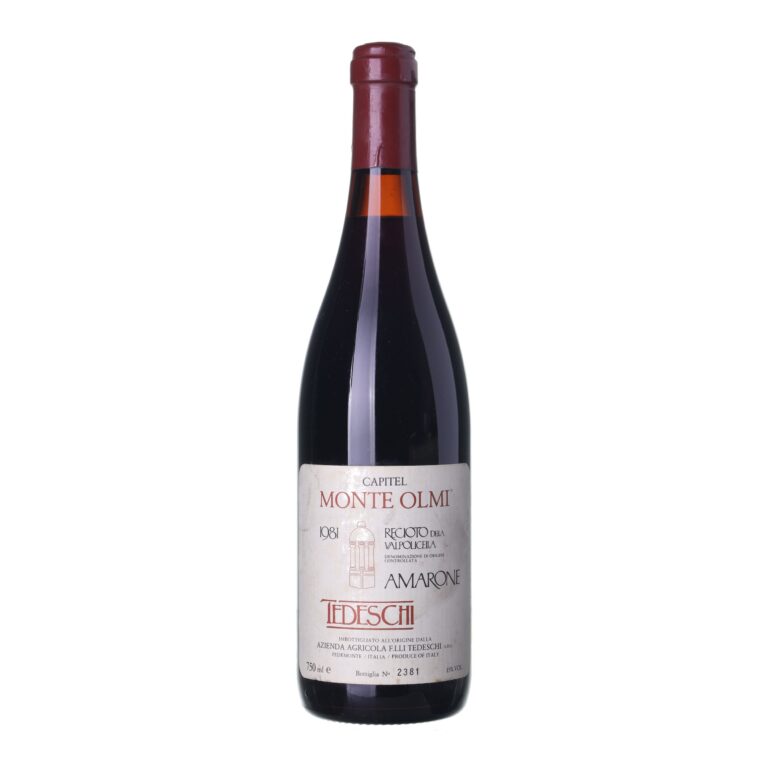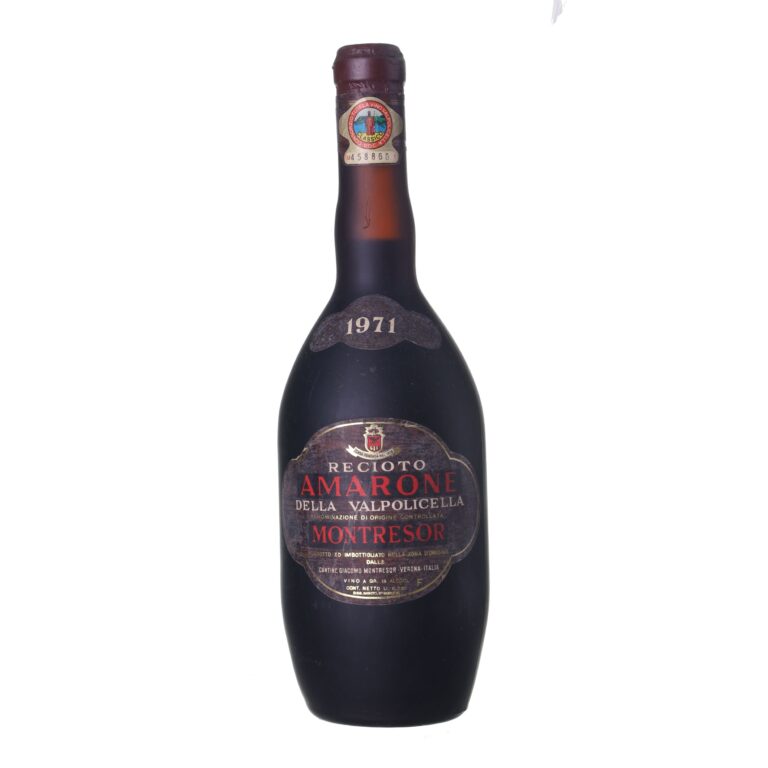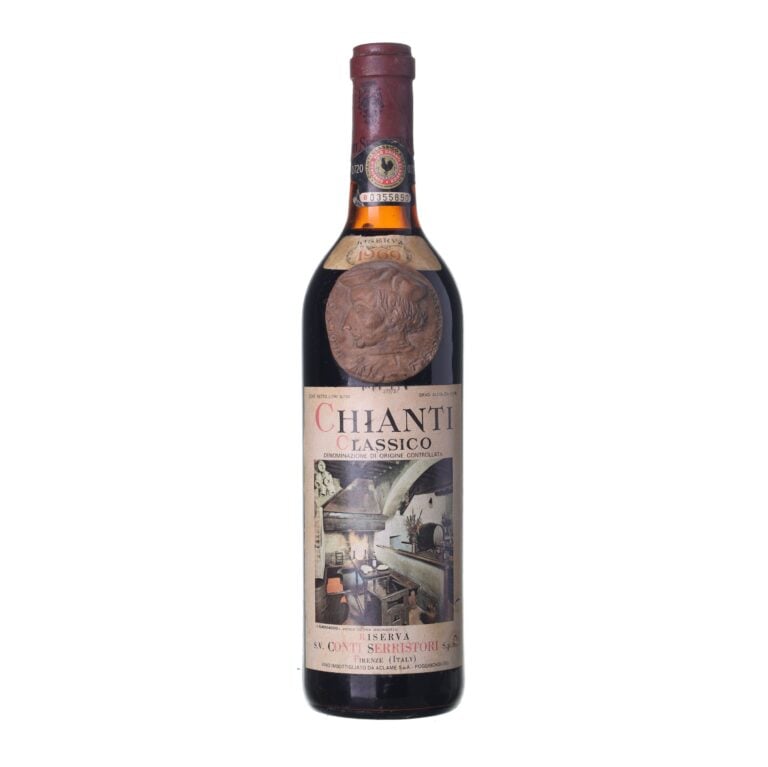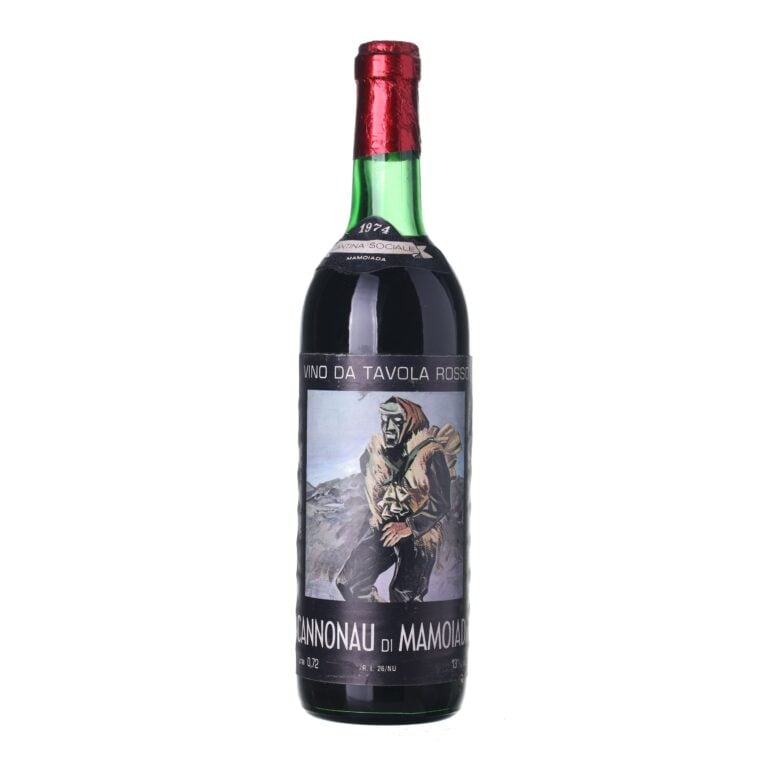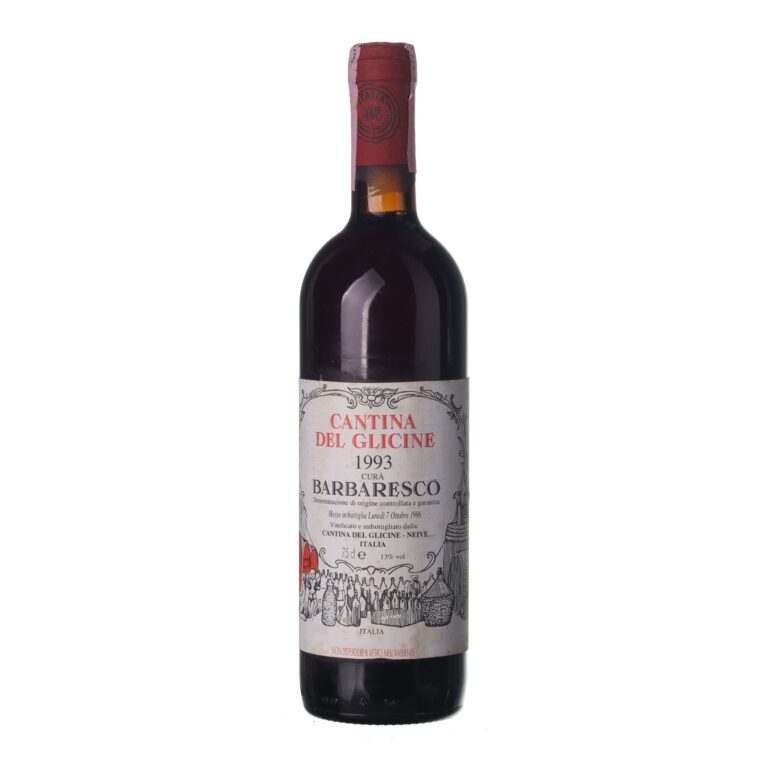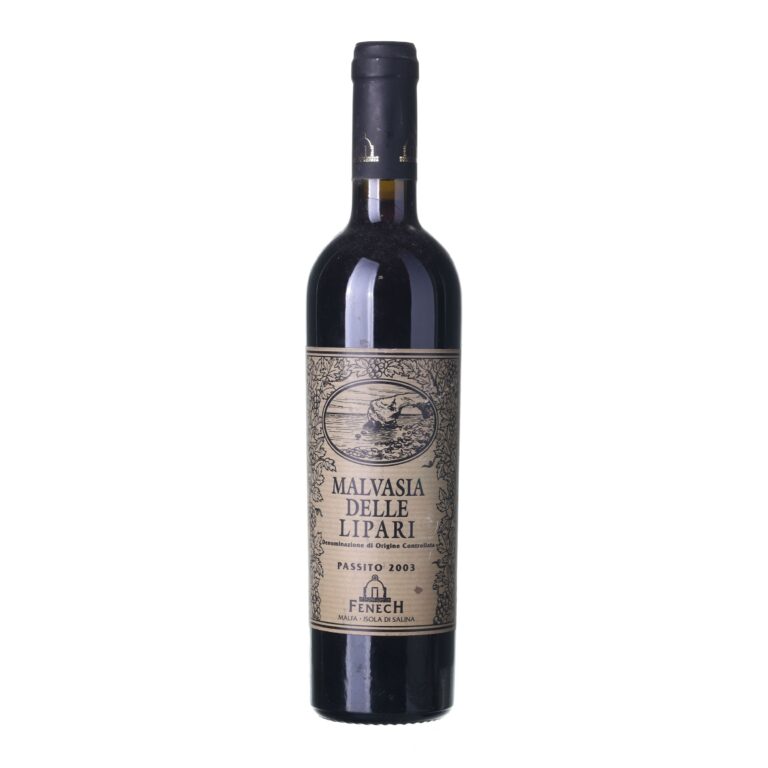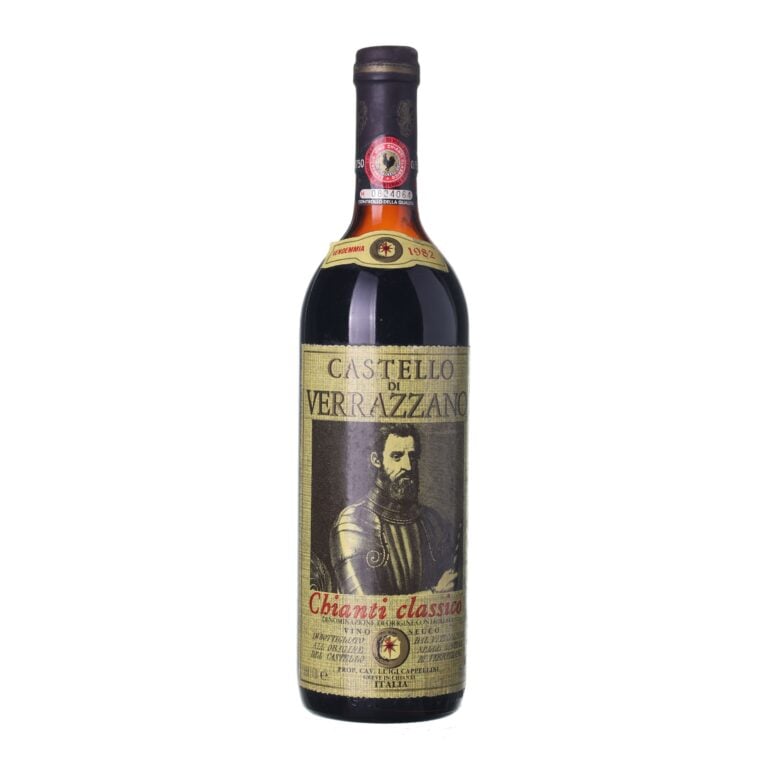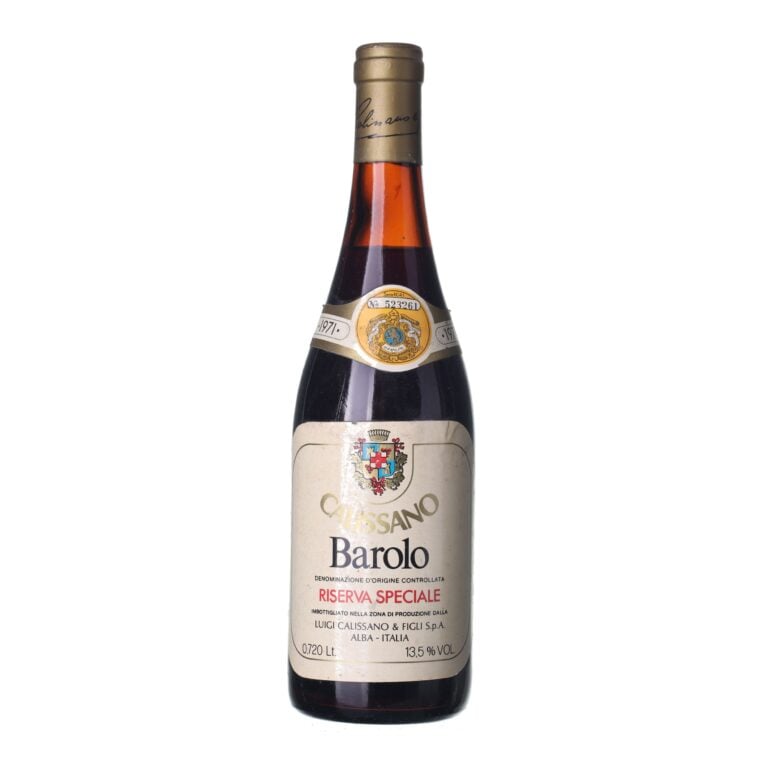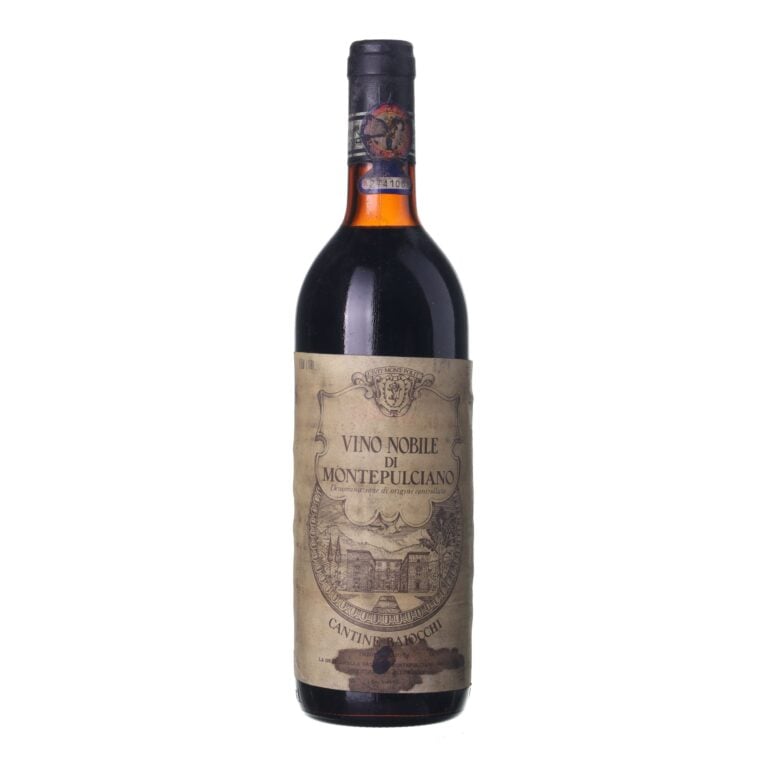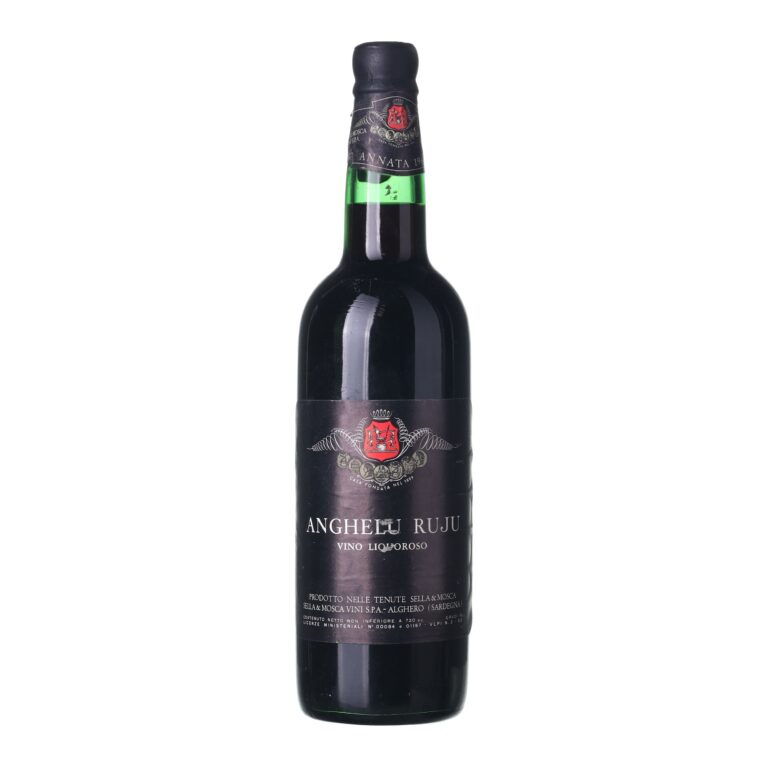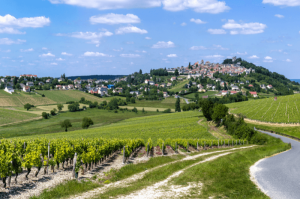The history of Soave wine
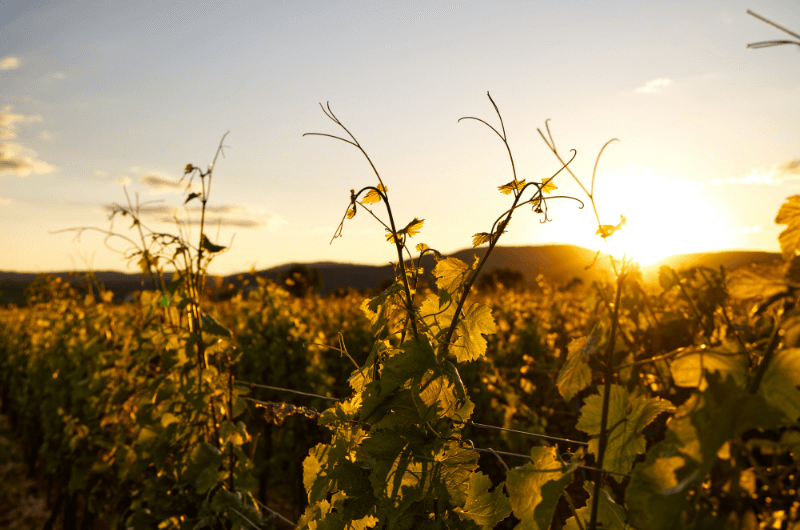
Dry white Soave wine is grown in the area near Venice, Italy. Soave is among the first regions in Italy recognized by royal decree to be suitable for the production of quality wines. Both aristocrats and churchmen have enjoyed it. What makes the flavor of Soave so exceptional that it gained popularity all across Italy? You’ll find out in this article.
The wine’s history: When was Soave created?
The history of Soave wine dates back to ancient Rome. At that time, the city of Soave was an important hub, because it was located along the via Postumia road. This route connected Aquileia with the port city of Genoa.
Soave, which is derived from the Latin word “Suavis,” can be translated as gentle or tender. However, according to other sources, the name could have come from the German Suebi tribe, who once occupied the area around Venice. And the name of the wine is also connected with a legend that Dante Alighieri mentioned Soave wine in his writing during the period of his exile in Verona.
The Middle Ages: Soave wine’s renown
Soave wine was popular among church and state officials. For example, one of the ministers in 503 CE described Soave as a white wine made from selected grapes with a beautiful whiteness that seemed to be created from white lilies. This region maintained its good reputation for wine even in the 16th century. That was when a court connoisseur of wines visited the vineyards in Verona, and declared that the city of Soave was like “suavissima,” or a pleasant countryside, rich in good wine.
The Modern Age: An official Italian wine
Like other wine regions, Venice also struggled with pests and fungi. Nearly all the vines were wiped out, but 10 years later the winemakers began replanting. In 1931 Soave achieved a great success, because it became an official wine region and the first official Italian white wine to be produced within the united state of Italy.
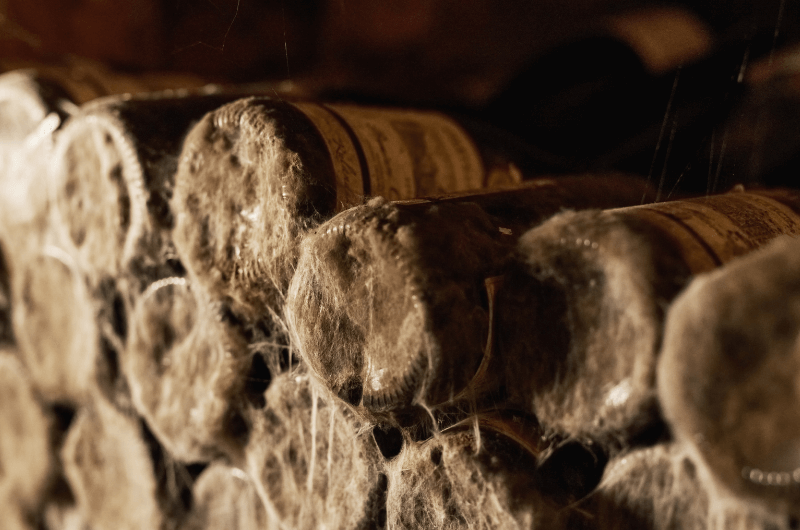
Soave wine: Strict conditions
- Soave wine is usually made from 100 % Garganega grapes. Regulations specify that it must contain at least 70 % of this variety and the remaining 30 % has to be from one of the local varieties of Trebbiano di Soave or Chardonnay. However, there’s a loophole: winemakers are permitted to add 5% of another variety into this 30%. But even these varieties have to be among those approved for the Verona region: Pinot Blanc, Pinot Grigio, Riesling, and Sauvignon.
- Garganega is one of the oldest Italian varieties, which has been grown on the Soave hills for at least a thousand years. The taste of these grapes is delicate. You may taste white flowers, almonds, or apricots.
- Trebbiano di Soave is a tricky variety to grow that was abandoned in the past. However, today it’s returning and if it’s present in a Soave wine you’ll recognize it by the freshness it brings to the resulting wine blend.
Soil composition in the Soave region
The Soave region is very diverse. The western and central vineyards have limestone soil, while the central and eastern part of the valley is covered in volcanic minerals. In some places, the two soil types are mixed together.
- Lava substrate is found in the majority of vineyards. Thanks to volcanic activity, soil can be found with various colors in the vineyards – from grey to yellow, and even reddish. The wines from this substrate are aromatic, fresh, and have greater acidity.
- Limestone substrate was created by the accumulation of tiny fossils from sea creatures and shells. Soave wine from this region is known for its notes of exotic fruit, flowers, and citrus.
Taste Soave
Soave wine from the best grapes matures for as long as 20 years. You can sample the rich, complex taste of this golden-yellow wine with the help of our e-shop. You can even chose a gift package that will allow you to open the bottles of Soave wine gradually, and compare how their taste develops over time.
Select wines. In your email.
once every month. You can look forward to our recommendations, interesting content, and great offers for your archive for your archive.
By sending an email you agree to the Terms and Conditions for Protection of Personal Data


